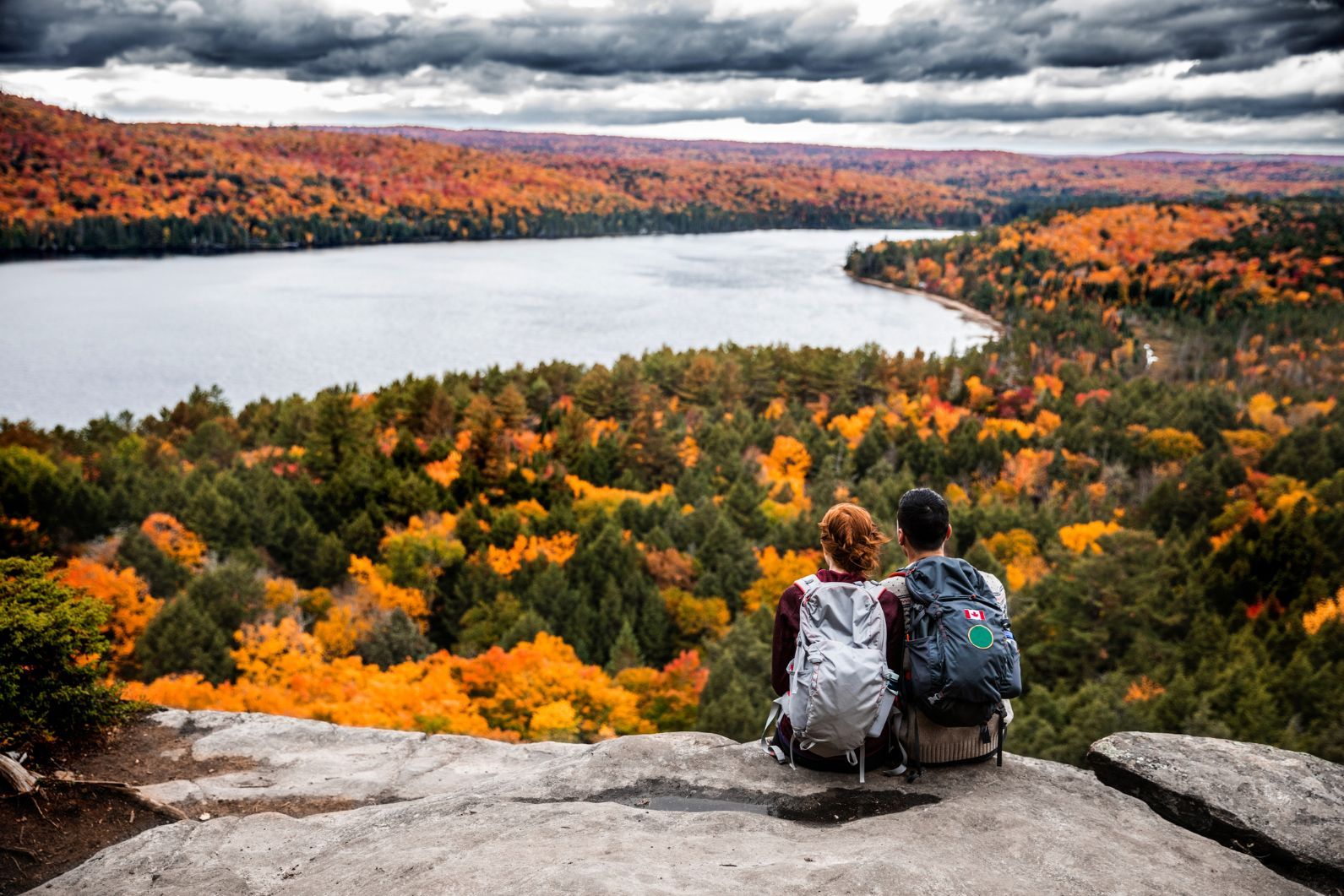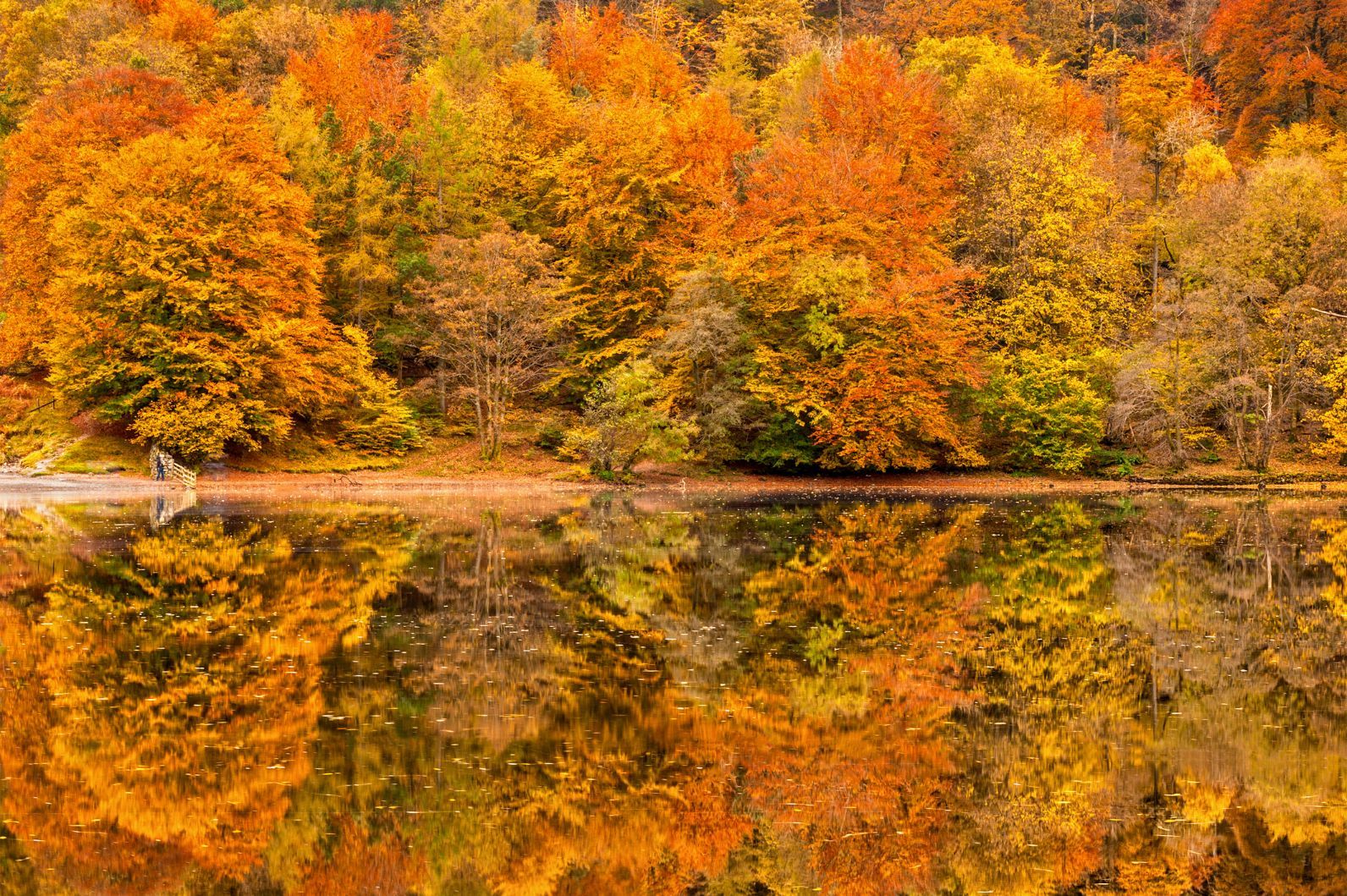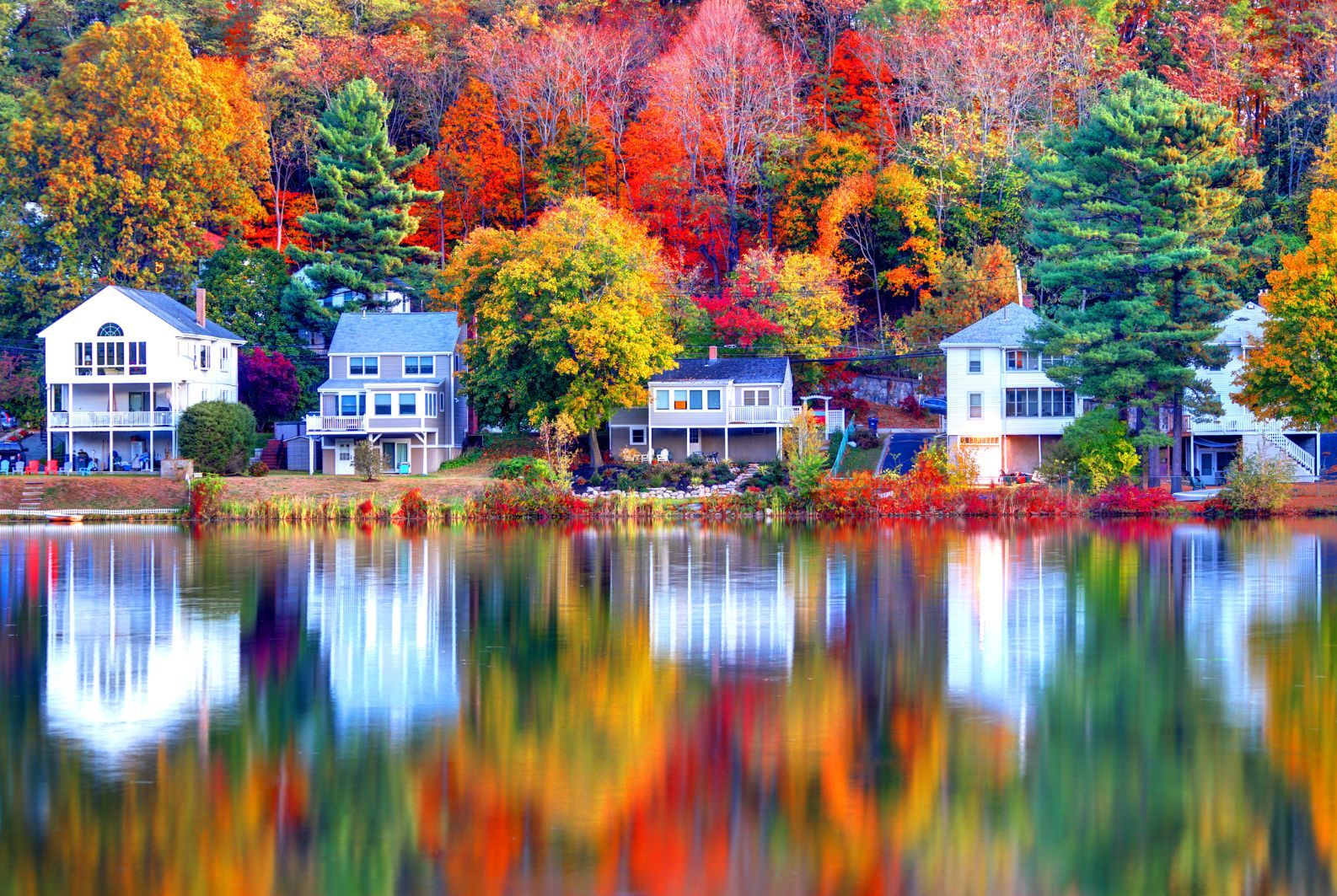Think autumn and, if you're from a certain part of the world, you’ll think damp walks, darkening nights and the leaves on trees turning orange, yellow, red and dropping to the floor. There’s something particularly cosy about the thought - particularly if you add a campfire, a sleeping bag or the pitter-patter of rain on the windows and a warm cup of tea into the equation.
The process of leaves changing colour and then falling to the ground is called leaf senescence. It occurs at the end of the growing season, and it’s crucial in allowing trees to reclaim nutrients which they can reuse in spring.
There have been various examinations of the impact that climate change may have - and is having - on leaf senescence and the colours of Autumn. While it was previously thought that global heating would delay Autumn, the most widely-publicised piece of recent research (published in the journal ‘Science’ in November 2020), actually suggests that global heating is making trees drop their leaves earlier - and bringing Autumn forward in the calendar year in the process.
The study concludes “that leaf senescence will advance by three to six days by the end of the 21st century rather than lengthening by one to three weeks as current phenological models have predicted.” So, what's the significance of this?

To understand, it’s important to know how the colouration of leaves occurs.
Leaves take their colour from molecules called pigments. One such pigment is green chlorophyll, which is crucial so that plants can derive food from the sun through photosynthesis. The sugars that are produced through photosynthesis allow trees to live and to grow, and the leaves are more or less the solar panels for this process. It’s also during photosynthesis that trees do what they’ve become famous for - absorbing CO2 from the atmosphere, converting that CO2 into carbon compounds and becoming a valuable carbon store.

When the nights get colder and longer at the end of summer, the level of food acquired through photosynthesis drops. It takes a lot of energy to make green chlorophyll, and so another process is then triggered to stop the production of chlorophyll. A seal is triggered at the base of the leaves which prevents the leaves from receiving water. The green chlorophyll that was dominant, being constantly broken down and replaced through summer, then gives way, and that’s when the other colours show - the vibrant Autumnal reds, oranges and yellow.
“The purpose of autumn senescence is to remobilise the nitrogen and other nutrients from the leaves to other organs, for reuse next spring,” reads one scientific paper.

Each leaf begins this process at a slightly different time, which gives us the beautiful shades and hues we see on trees. But the climate is crucial in the process. A warm, dry spell of weather in Autumn, followed by cold nights, will shorten the leaf drop process, and the leaves will drop full of colour. A mild, wet Autumn means the process will be slower, and leaves will drop when brown.
Due to climate change, there are now (not uncommon) incidences where summer heatwaves scorch trees, and so they miss their Autumn colours entirely. The leaves drop early and suddenly in this event, rather than gradually and in shades. This has even impacted on tourism, in New York and New England.
Paul Schaberg, a USDA Forest Service Plant Physiologist based in Vermont, recently spoke out on this, saying: “If climate change is going to mean significant drought, that means trees are going to shut down, and many trees are just going to drop their leaves. Severe droughts that really mean that the tree just can't function — that doesn't improve colour."

Many factors play a part in triggering leaf senescence - age, stress, shade, latitude, precipitation. But perhaps the three most important factors are the length of each day, the temperature and, crucially to this November 20202 study, the amount of carbon a tree has absorbed in a season. Once a tree has absorbed as much carbon as it can, it will shed its leaves, and with rising temperatures in the planet’s temperate zones, trees are now reaching that point earlier. Think of it like humans being unable to take another bite of food after eating a big meal.
The problem is, if trees are dropping their leaves earlier, this also means that they’re stopping the process of photosynthesis - and thus of absorbing CO2 - earlier. This means that for years, scientists were hugely overestimating how much CO2 was being absorbed by trees worldwide - a worrying development.
This predicted phenological pattern will limit the capacity of temperate forests to mitigate climate change through carbon uptake.
The study states: “This predicted phenological pattern will limit the capacity of temperate forests to mitigate climate change through carbon uptake.” Prof Thomas Crowehter of ETH Zurich in Switzerland, who worked on the study, said: “For decades we’ve assumed that growing seasons are increasing and that the autumn leaf-off is getting later. However, this research suggests that as tree productivity gets higher, the leaves actually fall earlier [...] The increases [in carbon storage] will be nowhere near as great as what we expected."
The research was based on an enormous dataset of more than 430,000 European leaf fall observations from trees at 3,800 separate sites, from 1948-2015. It also involved experiments on light and CO2 levels and mathematical models. The exact impact on CO2 is as of yet unknown, but scientists believe it could be around one billion tonnes of CO2 a year - so hugely significant.
Autumn, and the falling of leaves, has been a notoriously difficult subject to study, given the variability and number of factors involved in causing leaf senescence. The key to this study was understanding how well a tree grows during the season - and that’s where monitoring the CO2 came into play.
It’s a clear indicator that to keep our world beautiful and healthy for us and the wild places around us, we can’t count on trees to do all the hard work.
Need some Autumn inspiration? Watch 'Riding the Rails' - a short film set on an adapted rail bike in the Adirondacks in peak fall foliage.


